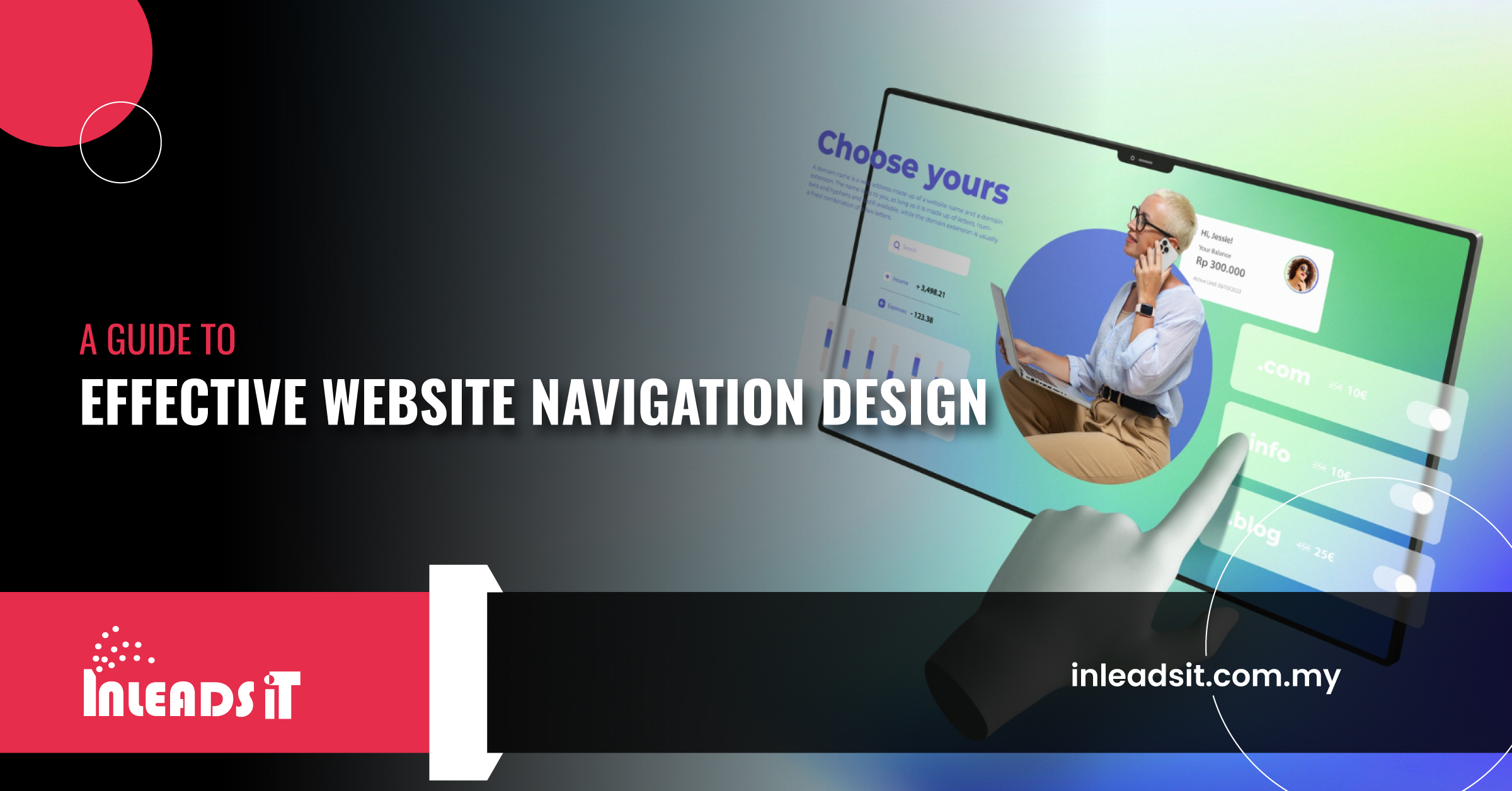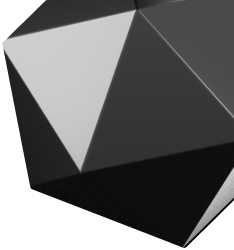
Website navigation plays a crucial role in the success of a website. It serves as a roadmap for visitors, helping them find the information they need quickly and easily. A well-designed navigation system enhances user experience, improves engagement, and ultimately leads to higher conversions. In this article, we will explore the fundamentals of effective website navigation design and provide valuable insights on how to create an intuitive and user-friendly navigation experience.
The Importance of Website Navigation
Website navigation serves as the backbone of a user’s browsing experience. It helps visitors navigate through different pages, find relevant content, and complete desired actions. A well-designed navigation system ensures that users can easily explore a website, reducing frustration and encouraging them to stay longer.
Understanding Website Navigation Design
The Purpose of Website Navigation
The primary purpose of website navigation is to provide a clear and intuitive path for users to access different sections and pages of a website. It allows visitors to quickly find the information they are looking for and guides them towards specific goals, such as making a purchase, subscribing to a newsletter, or contacting the business.
Key Elements of Navigation Design
Effective navigation design incorporates several key elements:
Clear and descriptive labels: Labels should accurately describe the content or functionality of each navigation item.
Logical hierarchy: A well-structured navigation hierarchy helps users understand the relationships between different pages and sections.
Visual cues and feedback: Visual indicators, such as highlighting the active page or providing hover effects, improve the user’s understanding of their current location.
Consistency: Consistent navigation design across all pages of a website enhances familiarity and reduces confusion.
Types of Website Navigation Menus
There are various types of navigation menus that can be used based on the website’s goals and design:
Horizontal navigation menu: This is the most common type of navigation, typically placed at the top of a website design. It uses a horizontal bar with links to different sections or pages.
Vertical navigation menu: Vertical menus are often used for websites with long scrolling pages. They are positioned on the side of the webpage, allowing users to access different sections easily.
Hamburger menu: The hamburger menu is a compact icon consisting of three horizontal lines. It is commonly used in mobile designs to save space while providing access to the navigation menu.
Mega menu: Mega menus are expansive drop-down menus that display a wide range of options and subcategories. They are useful for websites with complex navigational structures.
Best Practices for Website Navigation Design
To create an effective and user-friendly website navigation system, consider the following best practices:
Keep it Simple and Consistent
Simplicity is key when designing website navigation. Avoid cluttering the navigation bar with too many options, as it can overwhelm users. Stick to the essential sections and prioritize them based on user needs. Additionally, maintain consistency in terms of positioning, style, and labeling throughout the website.
Prioritize Clear and Descriptive Labels
Ensure that the labels used in the navigation menu accurately describe the content or functionality of the linked pages. Use concise and straightforward language that resonates with the target audience. Avoid jargon or ambiguous terms that might confuse users.
Implement Logical Hierarchies
Organize your website’s content in a logical hierarchy to create a clear path for users. Use meaningful categories and subcategories to group related pages. Consider user expectations and mental models when structuring the navigation menu.
Use Visual Cues and Feedback
Visual cues and feedback help users understand their current location within the website. Highlight the active page or section to provide a clear indication of the user’s context. Use hover effects or color changes to provide feedback when users interact with navigation elements.
Optimize for Mobile Devices
With the increasing use of smartphones and tablets, mobile responsiveness is crucial. Design your website navigation to be mobile-friendly, ensuring it adapts to different screen sizes and touch interactions. Consider using responsive design techniques or implementing a hamburger menu for compact navigation on smaller screens.
Test and Iterate for Continuous Improvement
Regularly test your website navigation to gather user feedback and identify areas for improvement. Conduct usability tests, analyze user behavior metrics, and listen to user feedback to refine the navigation experience. Iteratively enhance your navigation design to provide the best possible user experience.
Creative Navigation Menu Design Ideas
In addition to the standard navigation menu types, consider incorporating creative design ideas to make your website stand out and provide a unique user experience. Here are a few creative navigation menu design ideas:
Mega Menus for Enhanced Navigation
Mega menus are an excellent choice for websites with a large number of categories and subcategories. They allow users to see a comprehensive overview of the site’s content, making it easier to navigate and explore various sections.
Hamburger Menus for Mobile-Friendly Design
Hamburger menus have become popular for mobile design. They save space on smaller screens and provide a clean and minimalist look. When users tap on the hamburger icon, the menu slides out, offering easy access to the navigation options.
Sticky Navigation for Easy Access
Sticky navigation keeps the navigation menu fixed at the top or bottom of the screen as users scroll down the page. It ensures that the menu is always accessible, reducing the need for users to scroll back to the top to navigate to other sections.
Vertical Navigation for Long Scrolling Websites
For websites with long scrolling pages, vertical navigation menus provide a convenient way for users to jump to different sections without having to scroll through the entire page. This type of navigation enhances user experience and saves time.
How to Design a Navigation Bar in CSS
If you want to customize your website’s navigation bar using CSS, here’s a step-by-step guide:
Setting Up the HTML Structure
Start by structuring your HTML code to create the navigation bar. Use the <nav> element to define the container for your navigation links. Inside the <nav> element, use unordered lists <ul> and list items <li> to create the menu structure.
Styling the Navigation Bar with CSS
Apply CSS styles to the navigation bar to achieve the desired appearance. Use CSS selectors to target the navigation elements and apply styles such as font, color, background, padding, and margin. You can also use CSS frameworks like Bootstrap or Foundation for ready-to-use navigation components.
Adding Interactivity with CSS Transitions
To add interactivity to your navigation bar, consider using CSS transitions. Apply transition effects to elements such as hover states, active states, or dropdown menus. This enhances the user experience by providing visual feedback when users interact with the navigation elements.
Common Mistakes to Avoid in Navigation Design
While designing website navigation, be aware of common mistakes that can negatively impact user experience. Avoid the following pitfalls:
Overcomplicating the Navigation Structure
Keep your navigation structure simple and intuitive. Avoid excessive subcategories or nested menus that can confuse users. Simplify the navigation hierarchy to streamline the user’s journey through your website.
Using Unclear or Ambiguous Labels
Ensure that the labels used in the navigation menu are clear and descriptive. Vague or ambiguous labels can confuse users and make it difficult for them to find the information they are looking for. Use language that is familiar to your target audience.
Neglecting Mobile Responsiveness
With the increasing use of mobile devices, it is crucial to optimize your website navigation for smaller screens. Neglecting mobile responsiveness can lead to a poor user experience and hinder engagement. Test your navigation design on different devices to ensure a seamless experience for all users.
Ignoring User Testing and Feedback
User testing and feedback are essential for identifying usability issues and areas for improvement in your website navigation. Conduct usability tests, gather feedback from real users, and analyze user behavior metrics. Use this information to make data-driven decisions and continuously enhance your navigation design.
Effective website navigation design is a fundamental aspect of creating a user-friendly and engaging website. By following best practices, incorporating creative design ideas, and optimizing for mobile devices, you can enhance the user experience and encourage visitors to explore and interact with your website. Remember to iterate, test, and gather user feedback to continuously improve your navigation design and ensure its effectiveness.
Frequently Asked Questions
Here is some frequently asked questions and their answers on Website Navigation Design:
Why is website navigation design important?
Effective website navigation design is important because it helps users find information quickly, improves user experience, and increases engagement and conversions.
What are some common types of website navigation menus?
Common types of website navigation menus include horizontal navigation menus, vertical navigation menus, hamburger menus, and mega menus.
How can I design a navigation bar in CSS?
To design a navigation bar in CSS, you can use HTML to structure the navigation elements and apply CSS styles to achieve the desired appearance.
What are some creative navigation menu design ideas?
Creative navigation menu design ideas include mega menus, hamburger menus, sticky navigation, and vertical navigation for long scrolling websites.
What are some common mistakes to avoid in navigation design?
Some common mistakes to avoid in navigation design are overcomplicating the navigation structure, using unclear or ambiguous labels, neglecting mobile responsiveness, and ignoring user testing and feedback.
How can I continuously improve my navigation design?
You can continuously improve your navigation design by regularly testing it, gathering user feedback, analyzing user behavior metrics, and making iterative enhancements based on the insights gained.








